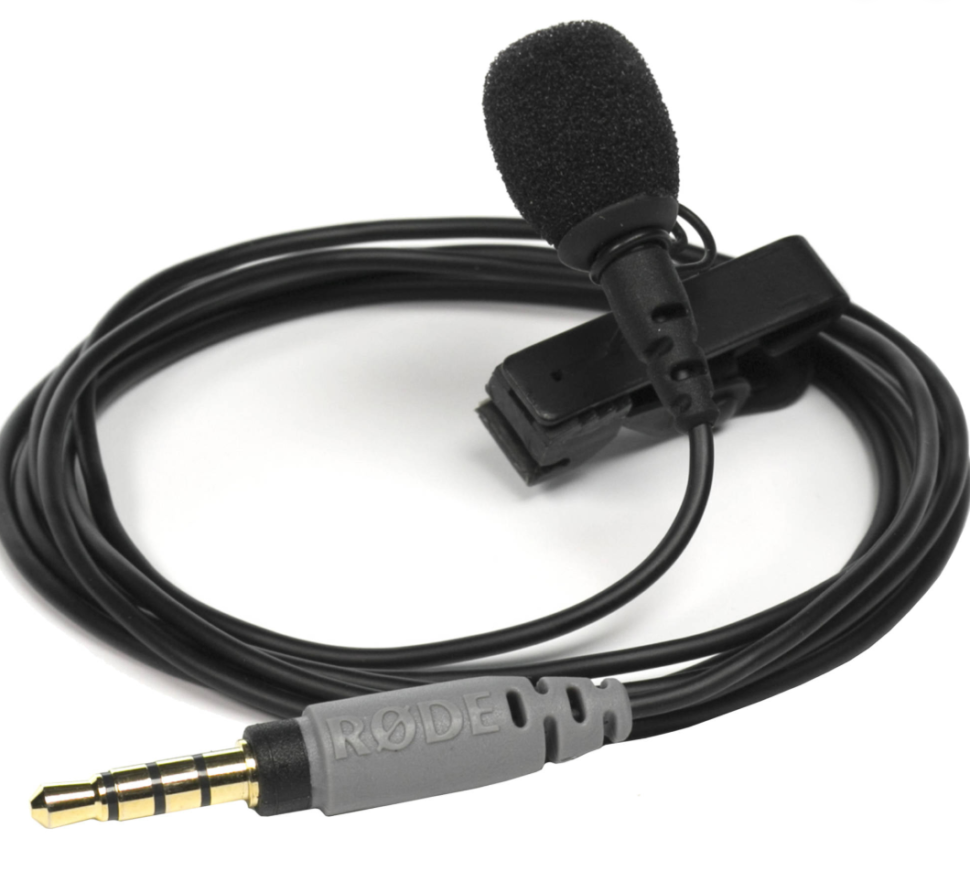With a mobile phone, you’ll always be able to record video and audio whenever and wherever you are. It’s the fastest and easiest way to capture an interview or a spontaneous conversation.
Unfortunately, the sound quality on a mobile phone can be sub-optimal. This is problematic if you want to transcribe that interview as you may miss words and phrases.
So what can you do? Good news! There are several options and they don’t require you to carry around a full sound studio with you.

These three simple changes you can make a huge difference to your phone’s ability to capture high-quality sound.
1) Capture better audio
The mics in mobile phones aren’t studio-grade as you would expect, but you can take a few steps to maximize the quality of the incoming audio.
First, make sure you know where the mic is located. It is usually at the bottom of the phone where you speak.
Second, make sure that no mobile phone cases, fingers, or other stuff is in the way of these inputs when you are recording. You want a clear space between the mic and your subject.
Third, try your best to record in a quiet space. If there’s any way to reduce interfering sounds like wind noise or car traffic, do it. It will certainly help with the audio quality.
Lastly, make sure you mute the mobile phone or put it in airplane mode before recording. You don’t want notifcations or other apps interrupting your recording.
2) Tweak your mobile audio sound settings
Some automated transcription services provide an app to capture audio, but they don’t have the advanced audio quality features. If you want the best audio quality, then download an app that specializes in audio capture.
For iOS devices, you can download Voice Recorder. To adjust and optimize sounds settings you simply select the settings wheel in the bottom right.
For Android devices, you can download Voice Recorder. To adjust the settings you simply select the menu button (three dots) and go to Settings. Edit: Our old recommendation of Titanium Recorder is no longer available.
3) Use a microphone
Using an external microphone when recording is the single most significant way to improve the quality of the sound your phone captures. The better the quality the audio, the better quality the transcription. If you’re serious about your videos and voice recording, you’ll need to invest in a microphone.
The most versatile microphone is a lavalier mic like this one: Rode smartLav+ Omnidirectional microphone. It works great for interviews and allows you to attach it to a shirt or hold it without being intrusive. If you primarily plan to save the sound of a person speaking, this lavalier mic is a great option.
In order to use this mic you’ll need an Apple lightning connector if you want to use it with an up-to-date iPhone, and it needs a Type C audio jack connector to work with most modern Android phones.
Bottom line, if you only buy one device, buy a microphone. It will drastically improve your audio quality when recording on a mobile phone and will make your transcripts infinitely better.
Want to transcribe your interview for free? Click here for 30 free transcription minutes with Sonix!
